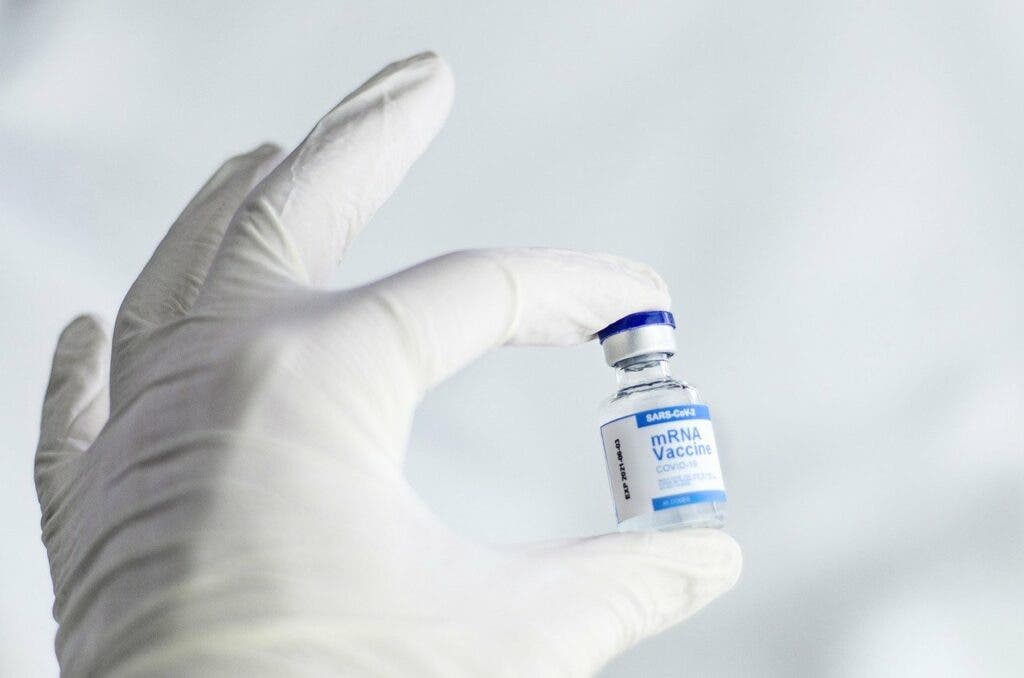
Vaccines save lives. You’ve heard this message countless times before, and for good reason — because it’s true. Now, a new study puts some hard numbers behind this claim, showing that the early COVID-19 vaccination program in the U.S. prevented 140,000 deaths and 3 million cases of COVID-19 by the second week of May. The real, up-to-date number of lives saved is likely much greater three months later, especially considering the surge of Delta.
At least $1.4 trillion was saved up to May thanks to the vaccines
For their assessment, Sumedha Gupta, an economist at Indiana University-Purdue University Indianapolis and Christopher Whaley, a policy researcher at RAND, a nonprofit research organization, combed through data on the number of vaccine doses administered in each state, as well as the number of COVID-19 deaths for each state. When this information was plugged into a mathematical model, they were able to estimate the difference between the number of deaths that would have occurred with no vaccine and the actual number of deaths.
“Existing estimates of the efficacy of state vaccination campaigns in reducing COVID-19 cases and deaths were projections based on simulations using data from COVID-19 vaccine trials. Since trials are conducted in controlled environments, simulated predictions may deviate from actual population outcomes. So starting in March, as reliable state vaccination data began to become publicly available, our team began to estimate reductions in COVID-19 morbidity and mortality at the population level due to the vaccination underway. Our study finds that by May 9, 2021, COVID-19 vaccinations had averted 139,393 COVID-19 deaths, with an estimated economic benefit of $625 billion to $1.4 trillion from the lives saved,” Gupta and Whaley told ZME Science.
The effects of vaccine rollout on the number of deaths varied for each state, depending on vaccine coverage and restrictions. For instance, New York state saw the largest reduction, seeing 11.7 fewer COVID-19 deaths per 10,000 adults, while Hawaii had the smallest reduction, with only 1.1 fewer COVID-19 deaths per 10,000 adult inhabitants.
This assessment is only valid up to early May. Even so, given the ever changing and unpredictable nature of this pandemic, it was very challenging for the researchers to conduct this study as each week they had to incorporate new data for each state.
“Initially, with each additional week our estimates would evolve as in several states vaccination rates were still low, campaigns were just beginning to ramp up, and any impact of the vaccines would be expected to show up only after a lag. By May states were mostly at near-universal eligibility (all ages 12 years and older) and had established vaccination procedures, allowing us to consistently estimate changes in COVID -19 cases and deaths associated with the vaccinations thus far,” the researchers said.
So far, the United States has experienced over 37 million confirmed cases and 623,000 COVID-19 deaths. That’s a staggering toll, but if it’s any indication, this study shows that the situation could have been much worse, especially now that Delta is causing a surge in cases.
“Two Americas”
COVID-19 cases have risen almost eightfold from the beginning of July and the country could see a return to 200,000 cases a day, a level not seen since the pandemic’s worst days in January and February, when vaccine coverage was almost nonexistent.
Currently, about 60% of the US population has had at least one dose and nearly 51% are fully vaccinated, according to the Centers for Disease Control and Prevention (CDC). This leaves around 90 million Americans who are still unvaccinated, making them “sitting ducks for this virus,” in the words of Dr. Francis Collins, director of the National Institutes of Health.
Despite a surplus of available vaccines, in recent weeks the rate of vaccination has slowed substantially against a backdrop of vaccine hesitancy. This has led to what Dr. Anthony Fauci, director of the National Institute of Allergy and Infectious Diseases, calls “two Americas” — one is the vaccinated population and the other is the unvaccinated population.
On July 16, 2021, Centers for Disease Control and Prevention Director Dr. Rochelle Walensky revealed that 99.5% of recent U.S. deaths from COVID-19 were of unvaccinated people. “Those deaths were preventable with a simple, safe shot,” she said. Walensky also said that 97% of current COVID-19 hospitalizations are of unvaccinated people.
“Vaccination rates have significantly reduced, even in states where a large share of the population remains unvaccinated. Our study finds a large benefit of high rates of COVID-19 vaccinations. Therefore there are real concerns about areas with still very low-vaccination rates and therefore at continued risk of future COVID-19 surges and evolving variants,” Gupta and Whaley said.
“This far vaccinations remain the most reliable means to check the pandemic. Therefore, for our team, and other scientists studying measures and policies that can help bring the pandemic under control, it remains of paramount importance to continue to inform all stakeholders of the enormous realized benefits at the population level from state vaccination drives. We hope the findings of our study will be beneficial to clinicians, scientists, policymakers and citizens in promoting the uptake of these live-saving drugs,” they concluded.
The findings appeared in the journal Health Affairs.









